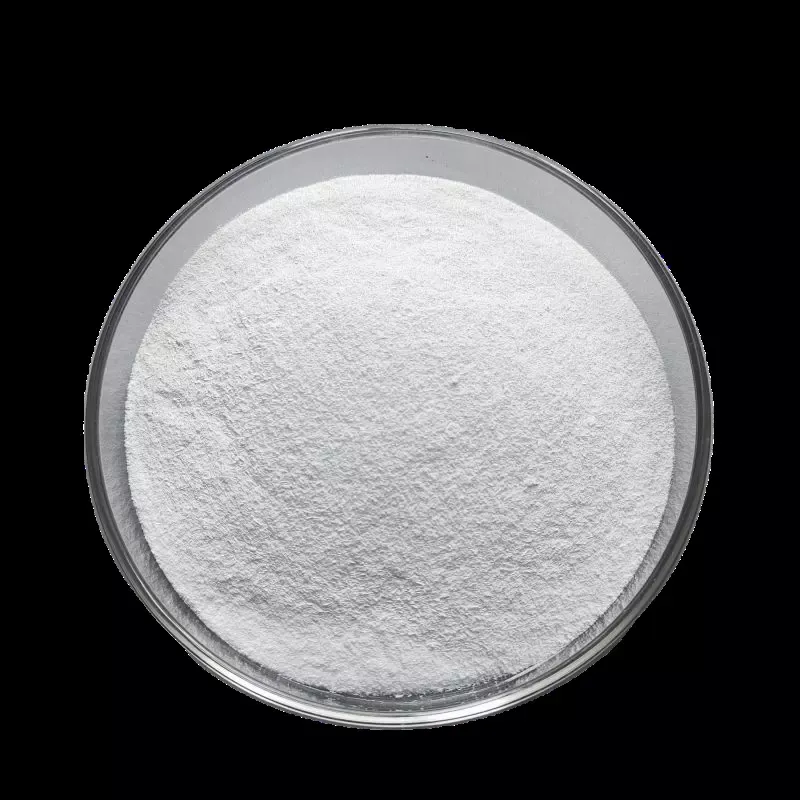Warning: Undefined array key "title" in /home/www/wwwroot/HTML/www.exportstart.com/wp-content/themes/1198/header.php on line 6
Warning: Undefined array key "file" in /home/www/wwwroot/HTML/www.exportstart.com/wp-content/themes/1198/header.php on line 7
Warning: Undefined array key "title" in /home/www/wwwroot/HTML/www.exportstart.com/wp-content/themes/1198/header.php on line 7
Warning: Undefined array key "title" in /home/www/wwwroot/HTML/www.exportstart.com/wp-content/themes/1198/header.php on line 7
- Afrikaans
- Albanian
- Amharic
- Arabic
- Armenian
- Azerbaijani
- Basque
- Belarusian
- Bengali
- Bosnian
- Bulgarian
- Catalan
- Cebuano
- China
- China (Taiwan)
- Corsican
- Croatian
- Czech
- Danish
- Dutch
- English
- Esperanto
- Estonian
- Finnish
- French
- Frisian
- Galician
- Georgian
- German
- Greek
- Gujarati
- Haitian Creole
- hausa
- hawaiian
- Hebrew
- Hindi
- Miao
- Hungarian
- Icelandic
- igbo
- Indonesian
- irish
- Italian
- Japanese
- Javanese
- Kannada
- kazakh
- Khmer
- Rwandese
- Korean
- Kurdish
- Kyrgyz
- Lao
- Latin
- Latvian
- Lithuanian
- Luxembourgish
- Macedonian
- Malgashi
- Malay
- Malayalam
- Maltese
- Maori
- Marathi
- Mongolian
- Myanmar
- Nepali
- Norwegian
- Norwegian
- Occitan
- Pashto
- Persian
- Polish
- Portuguese
- Punjabi
- Romanian
- Russian
- Samoan
- Scottish Gaelic
- Serbian
- Sesotho
- Shona
- Sindhi
- Sinhala
- Slovak
- Slovenian
- Somali
- Spanish
- Sundanese
- Swahili
- Swedish
- Tagalog
- Tajik
- Tamil
- Tatar
- Telugu
- Thai
- Turkish
- Turkmen
- Ukrainian
- Urdu
- Uighur
- Uzbek
- Vietnamese
- Welsh
- Bantu
- Yiddish
- Yoruba
- Zulu
Dec . 06, 2024 15:17 Back to list
Understanding Aspartame and Its Uses in Food and Beverages
The Controversy Surrounding Aspartame Understanding Its Role in Our Diet
Aspartame, a low-calorie artificial sweetener, has been a subject of extensive debate since its introduction in the 1980s. Known by its code number E951, it is used in a variety of products, including diet sodas, sugar-free gums, and various low-calorie foods. Although aspartame is a popular alternative for those looking to reduce sugar intake or manage weight, its safety and potential health effects continue to be debated.
What is Aspartame?
Aspartame is a dipeptide composed of two amino acids aspartic acid and phenylalanine. When consumed, it is metabolized in the body into its constituent amino acids and methanol, which are naturally found in many foods. The sweetness of aspartame is approximately 200 times greater than that of sucrose (table sugar), which allows manufacturers to use it in very small amounts while still achieving the desired sweetness. For instance, it takes only a fraction of a gram of aspartame to sweeten a beverage that might require several grams of sugar.
Regulatory Approval and Safety Assessments
Numerous health organizations and regulatory bodies, including the U.S. Food and Drug Administration (FDA), the European Food Safety Authority (EFSA), and the World Health Organization (WHO), have conducted extensive reviews of aspartame’s safety. These agencies have concluded that aspartame is safe for human consumption at recommended levels, typically around 40 mg per kg of body weight. This means that a person weighing 70 kg (about 154 pounds) could safely consume approximately 2800 mg of aspartame each day, a level far exceeding typical consumption.
The Health Debate
Despite the widely accepted safety evaluations, aspartame has been associated with various health concerns. Some individuals report experiencing headaches, allergic reactions, and digestive issues after consuming aspartame-sweetened products. Furthermore, a segment of the population has raised concerns about links to more serious health implications, such as cancer and neurological disorders. However, extensive research has not substantiated these claims. Notably, large epidemiological studies have found no consistent evidence linking aspartame to an increased risk of cancer.
aspartame 951

One of the most prominent debates surrounding aspartame focuses on its potential effect on metabolic health and appetite. Some researchers argue that consuming artificial sweeteners may lead to an increase in cravings for sweet foods, possibly resulting in higher overall caloric intake. On the other hand, studies show that for many people, aspartame can assist in weight management and provide a sweet taste without additional calories.
Individual Sensitivities
It’s essential to recognize that individual responses to aspartame can vary. People with the rare genetic disorder phenylketonuria (PKU) must avoid aspartame because their bodies cannot metabolize phenylalanine, which can lead to serious health issues. For the general population, however, consumption within the established safety limits is deemed safe.
The Future of Sweetening
As public awareness of health and nutrition continues to evolve, the role of artificial sweeteners like aspartame is under scrutiny. With a growing emphasis on whole foods and natural alternatives, many consumers are looking for ways to reduce their intake of artificial ingredients. This has led to the rise of natural sweeteners such as stevia and monk fruit extract.
While aspartame remains a popular choice for many, it is crucial for consumers to make informed decisions based on their individual health goals, preferences, and potential sensitivities. Whether one chooses to include aspartame in their diet should depend on personal health considerations, a balanced approach to nutrition, and an understanding of the scientific evidence surrounding its use.
Conclusion
Aspartame (E951) continues to be a staple in the landscape of artificial sweeteners, offering a sugar alternative that has proven safe for the majority of consumers. As ongoing research sheds more light on its effects, individuals must evaluate their dietary choices, considering both the potential benefits and drawbacks of sugar substitutes like aspartame. In a world increasingly focused on health and wellness, staying informed and making personalized dietary decisions remains paramount.
Latest news
-
Certifications for Vegetarian and Xanthan Gum Vegetarian
NewsJun.17,2025
-
Sustainability Trends Reshaping the SLES N70 Market
NewsJun.17,2025
-
Propylene Glycol Use in Vaccines: Balancing Function and Perception
NewsJun.17,2025
-
Petroleum Jelly in Skincare: Balancing Benefits and Backlash
NewsJun.17,2025
-
Energy Price Volatility and Ripple Effect on Caprolactam Markets
NewsJun.17,2025
-
Spectroscopic Techniques for Adipic Acid Molecular Weight
NewsJun.17,2025

